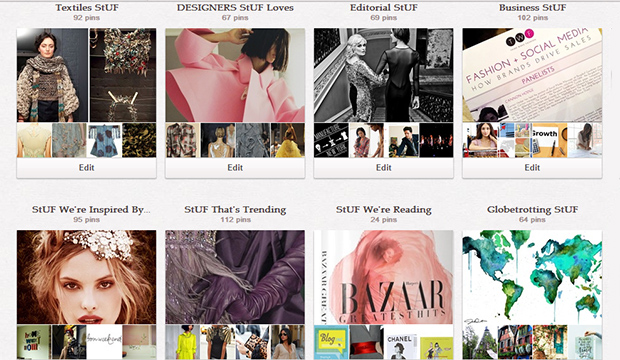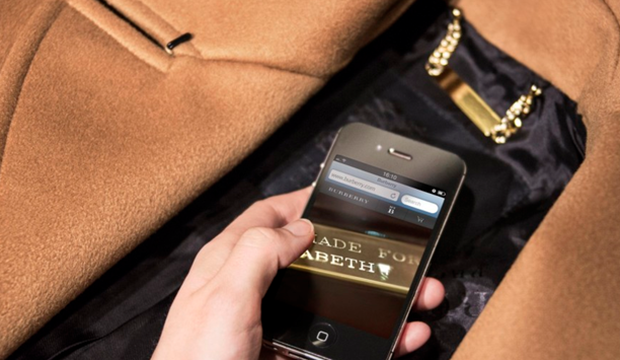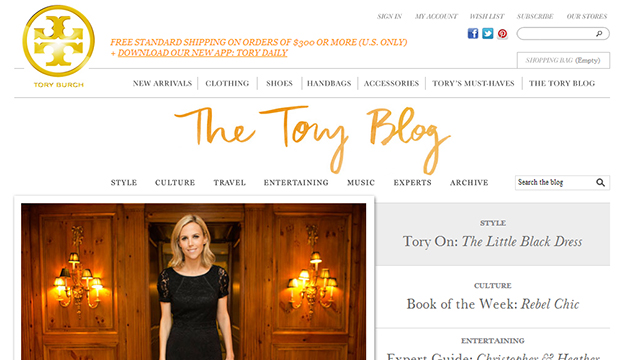When it comes to social media there are tons of flavors ranging from the “generic” Facebook to the eclectic Vine and Snapchat. Teenagers are notorious for being experimental and checking out new things, and not just following the norm. When it comes to social media, it’s not much different.
1. My Mom’s on Facebook: Nowadays with the influx of individuals in their 30s, 40s, 50s and older joining and becoming more active on Facebook, teenagers are becoming less active or less willing to share as much on the platform. They feel it’s “less cool” and also don’t want their parents to see everything they share. Although there are privacy settings, it’s not the same when it’s not a place they can share so freely as they did before their parents joined.
2. Photos, Photos, and more Photos: We all know that photos are some of the most shared pieces of content across social media and when it comes to teenagers it’s not much different. Teens love to take and share photos, especially on apps like Instagram where you can play around with the filters and make them look unique and fun. Additionally, teens feel they can have just as good of a conversation on Instagram as they had on Facebook through the comments under pictures.
3. Privacy? - Teens although caring about not having their parents see their content, are sometimes more carefree with what they share. Some pictures show more than they should; they share contact information; and connect with as many friends and celebrities as possible – because they can.
4. tumblr - A quick and easy location for teens to blog about their daily lives, passions, and follow brands they love. It’s a way for them to expand on their careers during high school and college and get noticed sooner. Your resume only says so much, your blog can say so much more nowadays.
5. Try it and Move on - As the shiny object syndrome proves, there are so many social media channels that teens try new ones, get bored, and find a new one the following week. Some last longer, but they need real traction to do so including being easy to use, share, and have their friends join too.
What does this all mean you ask? If brands want to reach this target audience, they need to keep an eye on what’s hot for teens, and where they are interacting the most. It may be not facebook, but instagram, tumblr, twitter, and other easy to use and share platforms (especially visual) seem to be great venues to find and engage these teens.
Note: Some of this information was obtained through speaking with high school graduates and college freshmen and what they prefer on a daily basis and why.
Note: This post was originally written for socialnomics, and my post can also be found here.
Further Reading:
http://socialmediatoday.com/leaderswest/1494041/infographic-teenage-social-media-behavior-2013
http://www.edsocialmedia.com/2013/05/teens-social-media-5-highlights-of-pew-study/






























